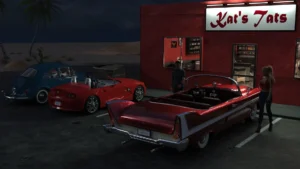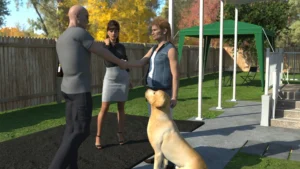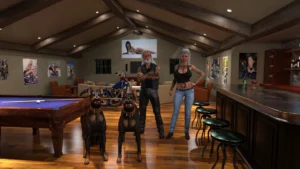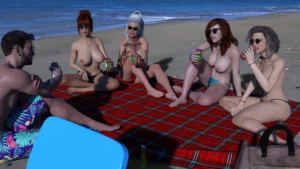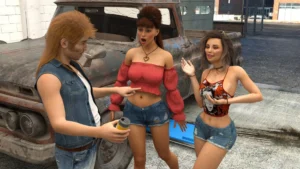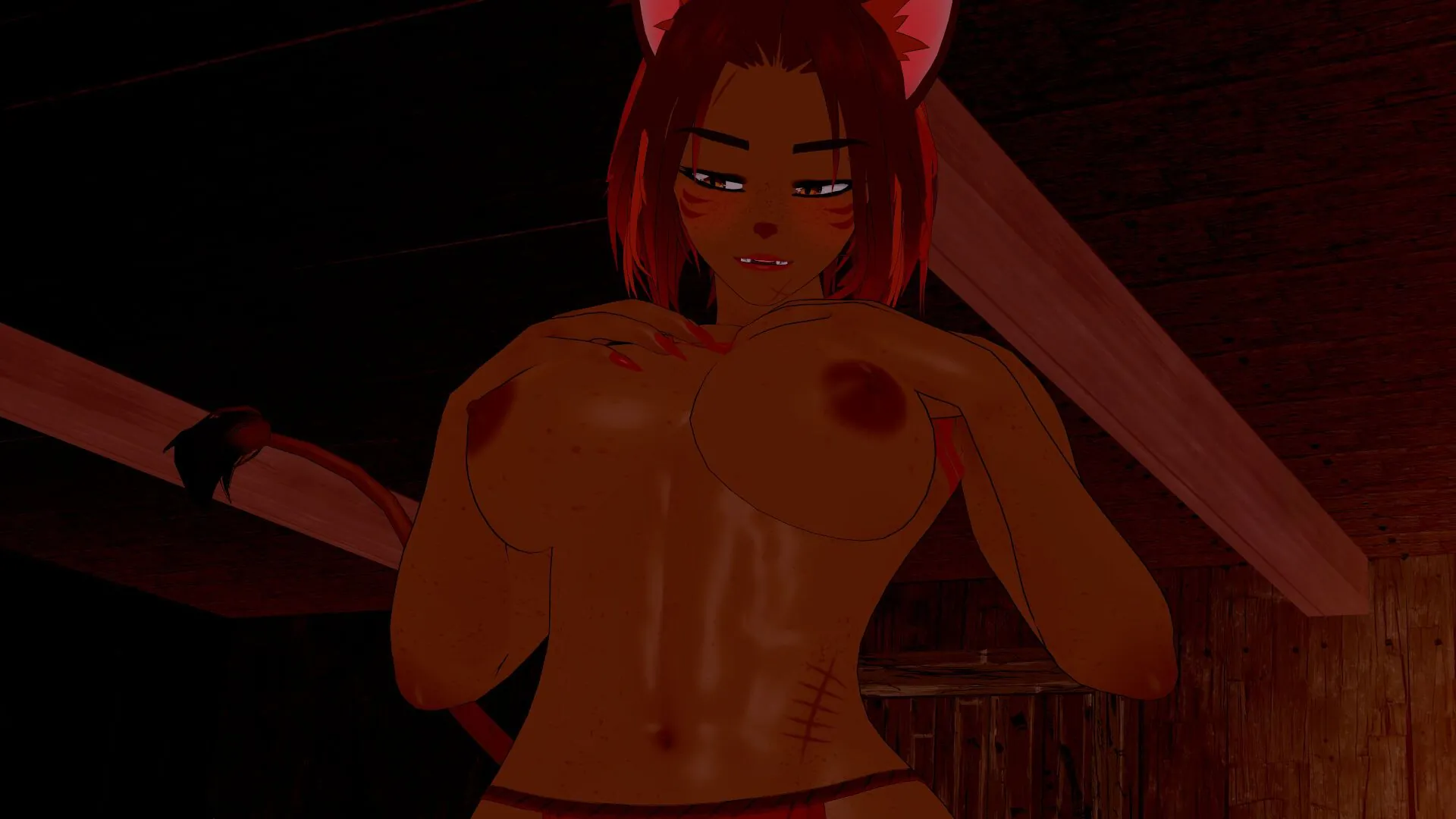
Long Road Home
Play Long Road Home
Long Road Home review
Unraveling the Choice-Driven Adult Visual Novel Experience
Long Road Home has emerged as a standout in adult-oriented visual novels, blending gritty storytelling with player agency. This narrative-driven game challenges players to navigate complex relationships in a world of outlaw biker clubs while managing the protagonist’s personal demons. Through its mature themes and consequence-driven design, it offers a unique blend of emotional depth and strategic decision-making that keeps players engaged across multiple playthroughs.
Core Gameplay Mechanics and Narrative Structure
The Consequences of Choice: Shaping Your Path
Let’s cut to the chase: Long Road Home isn’t here to coddle you. 🏍️ Every decision you make—whether it’s picking a fight with a rival gang or flirting with the bartender who knows too much—sends ripples through the story. The game’s three-axis decision system (red for aggression, blue for diplomacy, green for self-interest) isn’t just a gimmick—it’s the backbone of its choice-driven narrative. Choose red too often, and you’ll bulldoze relationships. Lean into blue, and you might lose respect in the biker hierarchy. It’s like walking a tightrope over a pit of rattlesnakes. 🐍
Take my first playthrough, for example. I thought playing it safe (hello, blue path!) would keep my club allies happy. Nope. By avoiding conflicts, my character got labeled a pushover, and suddenly, my crew started questioning my leadership. Meanwhile, a red-path run turned me into a tyrant—great for instilling fear, terrible for maintaining friendships. The game’s 12,000+ lines of branching dialogue ensure no two playthroughs feel the same. You’re not just picking options; you’re carving a personality.
| Decision Path | Key Traits | Consequences |
|---|---|---|
| Red (Aggression) | Dominance, Risk-Taking | Higher club loyalty but strained personal relationships |
| Blue (Diplomacy) | Empathy, Compromise | Strong alliances but weaker authority |
| Green (Self-Interest) | Ambition, Independence | Personal gains at the cost of trust |
🔥 Pro tip: Mix paths strategically. A red choice during a turf war earns respect, but a blue gesture afterward keeps allies from resenting you.
Balancing Relationships and Club Dynamics
Imagine juggling chainsaws while riding a motorcycle. That’s Long Road Home’s take on biker club dynamics and relationship management mechanics. The game forces you to split your attention between maintaining your gang’s loyalty and nurturing (or exploiting) personal connections. One wrong move, and your VP might stage a coup—or your love interest could sell you out to the cops. 🚔
The club operates on a fragile hierarchy. Your lieutenants have their own agendas, and every mission you assign them either strengthens their loyalty or plants seeds of rebellion. During a late-game showdown, I sent my most ruthless ally to intimidate a rival—only to realize later he’d been secretly negotiating with them. The betrayal stung, but hey, that’s the biker club dynamics at work: trust no one, not even your shadow.
Romance subplots add another layer of chaos. Pursue a fling with a fellow biker, and you’ll unlock unique perks (like insider info), but it risks alienating others. Ignore relationships entirely, and you’ll miss critical story branches. The game’s adult visual storytelling doesn’t shy away from messy, raw interactions—think Sons of Anarchy meets a noir romance novel. 📖
“I replayed three times just to see how different love interests react to the same lie. Spoiler: One pulled a knife. Another cried. The third laughed and bought me a beer. This game gets people.” — A player’s Reddit confession
Visual Storytelling Techniques in Mature Gaming
Let’s talk about the 1,000+ images that make Long Road Home’s world pulse with life. This isn’t your average visual novel with static backgrounds and stiff character poses. Every scene oozes atmosphere—gritty barrooms lit by neon signs, rain-soaked confrontations, intimate moments framed by flickering candlelight. The adult visual storytelling here isn’t just about skin; it’s about mood. 🔥
The art style shifts subtly based on your path. Red choices tint scenes with harsh reds and shadows, while blue paths soften the palette into muted blues and grays. During a green-path playthrough, I noticed money symbols subtly woven into the background art—a clever nod to my character’s greed.
And let’s not forget the multiple endings system. With over 20 possible conclusions (ranging from “biker kingpin” to “fugitive on the run”), your final hours are a mosaic of every tiny choice you’ve made. My “redemption arc” ending took 7 hours to achieve, but my “burn-it-all-down” finale? A satisfying 6-hour chaos spree. Replay value? Off the charts. 🔄
🎯 Final takeaway: Long Road Home isn’t just a game—it’s a personality test with leather jackets and engine grease. Whether you’re here for the biker club dynamics, the heart-wrenching choices, or the lush visuals, one thing’s clear: Your road? It’s gonna be wild.
Long Road Home redefines mature storytelling in digital narratives through its sophisticated choice architecture and emotionally complex characters. By masterfully blending adult themes with genuine player agency, it sets a new standard for consequential decision-making in visual novels. For those ready to engage with its challenging themes, the game offers a uniquely impactful experience that rewards careful deliberation and multiple playthroughs.









